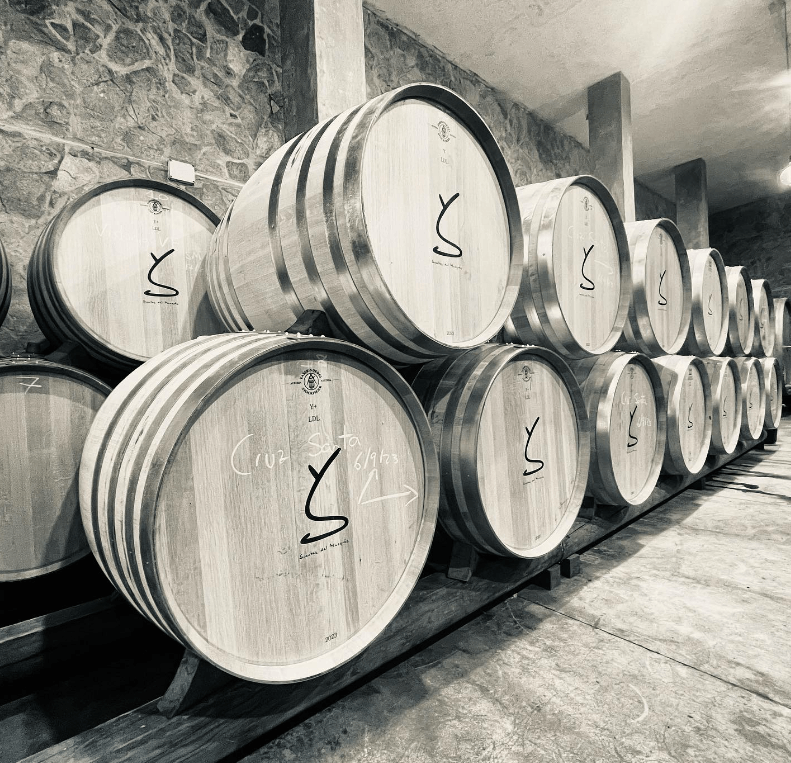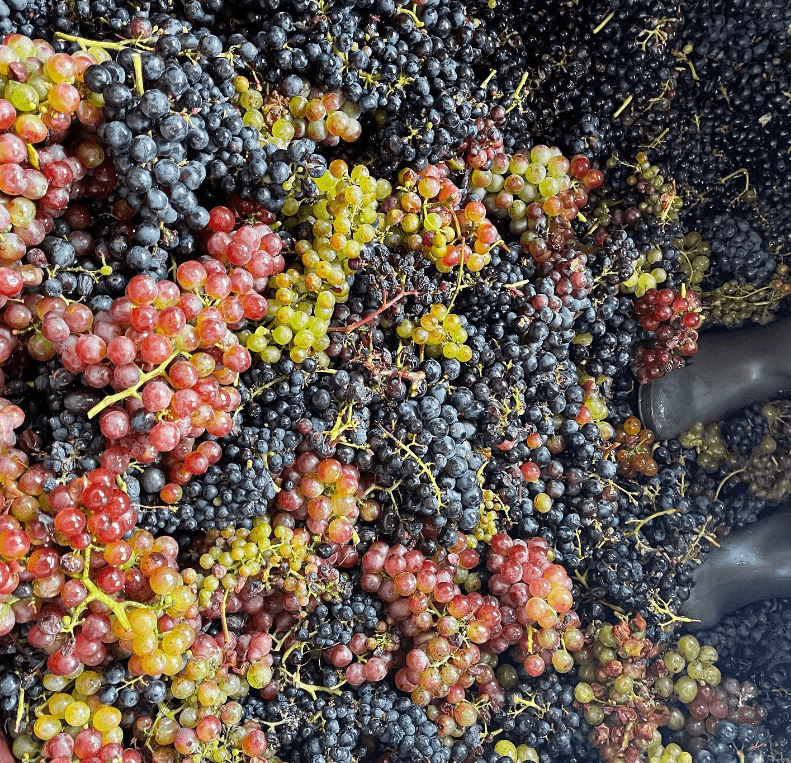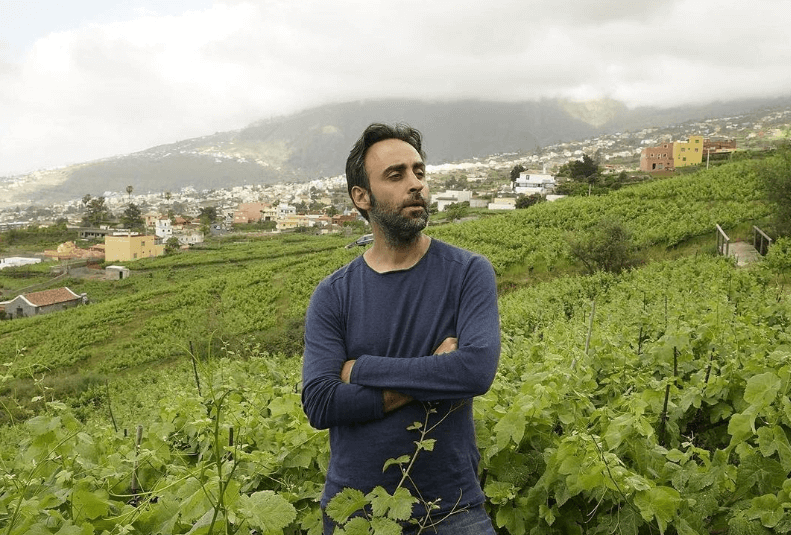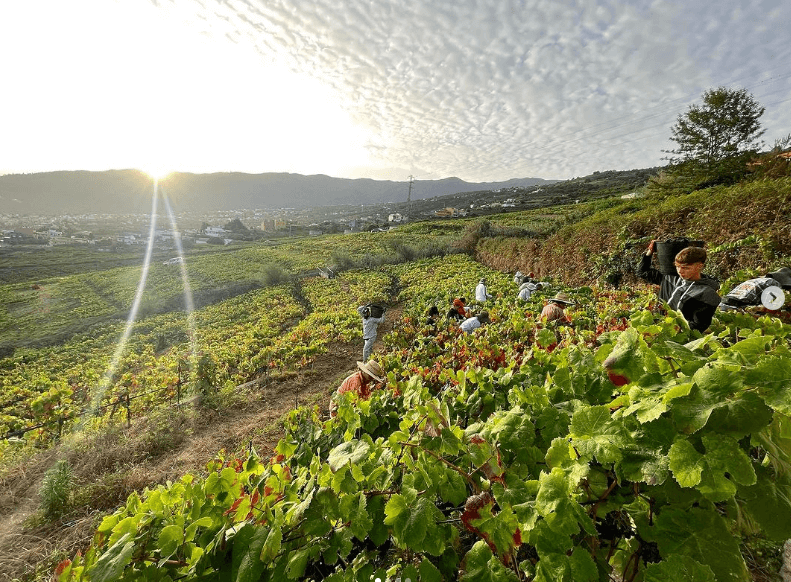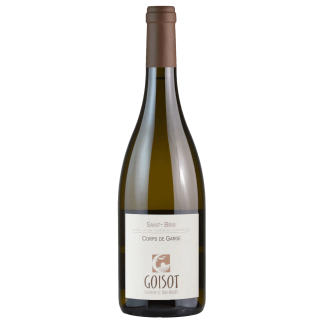Description
About Domaine Guilhem et Jean-Hugues Goisot Wines
Domaine Guilhem et Jean-Hugues Goisot
As many of our clients will already know, this pioneering biodynamic Yonne Domaine (the same department of Burgundy which includes Chablis) produces some of the most exciting wines of Burgundy, and also some of this region’s greatest values. For a Domaine that works in an area that most wine lovers have never heard of, Goisot has earned an unprecedented reputation in France. The late Anne-Claude Leflaive once described Goisot to us as “one of the superstars of French winemaking”, while La Revue du Vin de France rates only five Chablis Domaines on the same level or higher. This, despite the fact there is not a 1er Cru or Grand Cru classification in sight.
How has such a small, quiet, out-of-the-way grower broken into the Chablis elite? In short, they farm some of northern Burgundy’s purest limestone vineyards, possess a large proportion of old vines, and practice some of the region’s most transparent, precise élevage. Most importantly, Guilhem Goisot’s tireless, biodynamic work in the vineyard—emblematic of the finest winegrowers in all of France—places him at the very top in the greater Chablis area.
Occasionally—in truth very occasionally—a wine importer stumbles across a brilliant producer working in one of the so-called “lesser appellations”, producing wines far superior to many, more famous names in more renowned terroirs. Domaine Goisot is such a producer.
Goisot’s vineyards are planted to 10,000 vines per acre as opposed to the regional average of roughly half this density. The viticulture is certified biodynamic, and yields are kept very low. They use only homeopathic, natural treatments in the vineyard and harvests are done exclusively by hand, with several passes through the vineyard. In the winery, the philosophy is classic ‘minimalist’ with natural yeasts, a long, slow élevage, minimal fining and/or filtration only if required. Very few, if any, Chablis producers can match these exacting viticulture standards.
The wines of Domaine Goisot are for those open-minded drinkers who don’t drink vineyard names but rather are more concerned with the quality and integrity they find in the glass – in this case, they will find a great deal of both. These are intense, textural yet racy, mineral wines with a rich, stony, earthy complexity that speaks loudly of the chalky soils that typify the greater Chablis area. Think of everything you would want from a great Chablis producer (i.e, more richness, complexity and breed than you typically find) and you will be on the right track.
This appellation only received official AOC status in 2003 and is located around the village of Saint-Bris-le-Vineux, on the edge of the Chablis region. It is for white wines only. It was once part of Chablis and is unique in Burgundy in that the whites must be made from Sauvignon Blanc or Sauvignon Gris/Fié Gris. Goisot was the producer to reintroduce this latter variety to the region, as they feel it produces a higher quality wine than Sauvignon Blanc. It is certainly very different. Anyway, if you are anti-Sauvignon, do yourself a favour and forget the variety: it is the terroir (Burgundian through and through) that speaks the loudest in these wines. Compared to Chablis, the soil here is even richer in Kimmeridgian limestone and chalk. In the hands of a great vigneron such as Goisot, the resulting wines are complex, creamy and mineral, putting most Chablis to shame. They can also cellar well over two to six years.
From the hills just outside the AOC of Chablis and south of Auxerre there are two AOC’s: Saint-Bris, for Sauvignon and Bourgogne Côtes d’Auxerre (Burgundy from the hills of Auxerre) for Chardonnay and Pinot Noir. The soils here are extremely rocky and rich in the same types of limestone found in nearby Chablis. The whites, from a great grower like Goisot, can match the finest Chablis, with perhaps more flesh and more complexity. Goisot has several parcels, most famously Biaumont, Gondonne, and Gueules de Loup, which are bottled separately in the better years. The Goisot Côte d’Auxerre reds (Pinot Noir) can be superb, having the brightness, energy and chalky tannins (when young) of reds grown on such limestone soils and in such a marginal climate. They can remind one of certain Loire, Jura or Mercurey reds and can be delicious, especially with age.
Irancy is a small hamlet, with just over 300 inhabitants, situated roughly equidistant from Auxerre and Chablis. The village lies 2km from the Yonne River and is surrounded by a large natural amphitheatre of vines. Like the Côtes d’Auxerre, it is one of the most northern AOCs in France to grow red grapes. As in the neighbouring wine villages of Chitry and Saint-Bris, the wines of Irancy make only rare appearances on export markets. While a small amount of rosé is produced, the region produces mainly red wines from Pinot Noir (which must account for 90% of the blend). Also permitted to a maximum of 10%, is the Burgundian vinifera non grata, César. The vineyards, interspersed with cherry orchards, are planted on slopes of Kimmeridgian limestone mixed with red clays. The highly mineralised soils and the northern climate help to give these Pinots bright acid and a tangy, chiselled personality. Goisot has a paltry 0.5ha in the lieu-dit of Les Mazelots where the vines are now 100 years old. In fact, the Goisot vines are some of the oldest Pinot vines in France and produce outstanding wines. The paltry yields generate genuine concentration to match the powdery structure and can live and develop beautifully. Great value for those looking for Côte d’Or alternatives.



